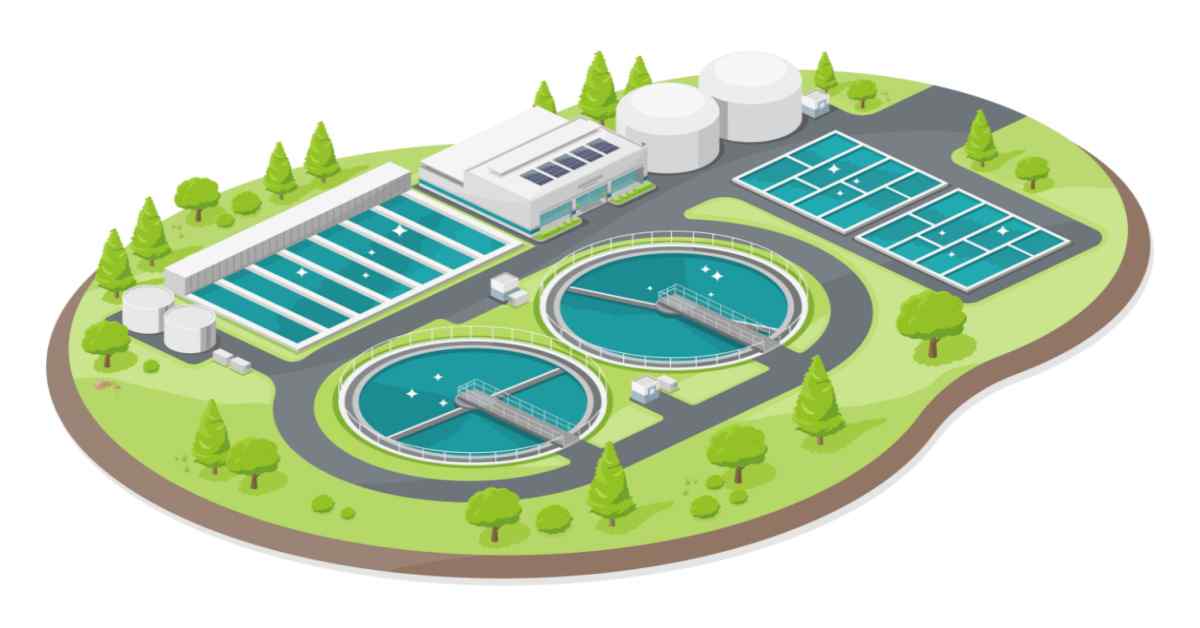How Wastewater Treatment Will Enhance Resource Reuse Opportunities
How Wastewater Treatment Will Enhance Resource Reuse Opportunities
Blog Article
Recognizing Wastewater Therapy Processes and Their Ecological Effect
The ins and outs of wastewater therapy procedures play a crucial duty in mitigating ecological obstacles linked with water pollution. Each stage, from preliminary to sophisticated therapies, is developed to address specific pollutants, eventually guarding both public health and wellness and aquatic environments.
Summary of Wastewater Treatment
Exactly how is wastewater transformed right into a risk-free resource for the environment? Wastewater treatment is an essential procedure developed to remove impurities from made use of water, thus protecting public health and wellness and shielding ecological communities. This procedure begins with the collection of wastewater from household, commercial, and business sources, which is then guided to therapy centers.
At these facilities, various physical, chemical, and organic techniques are used to deal with the wastewater. Ultimately, biological therapies, such as turned on sludge procedures, utilize bacteria to break down organic issue.
The dealt with effluent can be securely released right into all-natural water bodies or reused for watering and industrial objectives, advertising resource conservation. Additionally, the treatment process generates biosolids, which can be repurposed as fertilizers or soil changes, further enhancing sustainability.
Phases of Therapy Procedures
The wastewater treatment process normally includes 3 primary stages: preliminary, key, and second treatment. Each stage serves an unique function in reducing the contaminant load and ensuring the effluent meets ecological criteria before discharge.

The primary treatment stage concentrates on the physical splitting up of put on hold solids from the wastewater. With sedimentation, larger bits work out at the bottom of sedimentation containers, developing sludge, while lighter materials, such as oils and greases, float to the surface and are skimmed. This procedure dramatically decreases the organic and not natural tons in the wastewater.
Second treatment is an organic process intended at further reducing the concentration of natural matter. This stage is necessary for accomplishing the required biochemical oxygen demand (BOD) decrease, ultimately leading to cleaner effluent prepared for discharge or further treatment.

Advanced Therapy Technologies
Following the second treatment procedures, advanced therapy modern technologies play a crucial function in further boosting the top quality of dealt with wastewater. These innovations are made to eliminate recurring impurities that are not properly eliminated throughout key and secondary treatments, guaranteeing the effluent satisfies strict regulative criteria.
Among the widely utilized advanced treatment techniques are membrane layer filtration, reverse osmosis, and advanced oxidation processes. Membrane layer filtering, consisting of microfiltration and ultrafiltration, is efficient in dividing great particles, microorganisms, and colloids from the water (Wastewater). Reverse osmosis makes use of semi-permeable membranes to eliminate liquified solids, causing top notch water ideal for various applications
Advanced oxidation processes (AOPs) utilize solid oxidants to degrade organic contaminants, consisting of drugs and individual care products that are resistant to traditional therapy. These approaches boost the biodegradability of complex substances, facilitating their removal.
One more considerable modern technology is making use of organic nutrient removal processes, which specifically target nitrogen and phosphorus, stopping eutrophication in getting water bodies. On the whole, innovative therapy technologies are important for accomplishing higher levels of purification, promoting water reuse, and protecting public health and wellness while attending to the difficulties connected with wastewater administration.
Ecological Advantages of Therapy
Countless ecological benefits occur from efficient wastewater therapy processes that add to ecosystem wellness and sustainability. Largely, these processes substantially reduce the release of damaging toxins into natural water bodies, which assists keep aquatic ecosystems. By eliminating impurities such as heavy metals, nutrients, and virus, treated wastewater reduces the risk of waterborne conditions and promotes biodiversity in aquatic atmospheres.
In addition, wastewater therapy centers commonly utilize advanced technologies that enable water recycling and reuse. This practice not only conserves freshwater resources yet also minimizes the need on my blog all-natural water products. Enhanced nutrient removal from wastewater can also prevent eutrophication, a process that results in algal blooms and subsequent oxygen exhaustion in water systems.
Additionally, reliable treatment procedures can reduce greenhouse gas emissions, specifically methane and nitrous oxide, which are typically released during without treatment wastewater decomposition. By capturing and making use of biogas from anaerobic digesters, facilities can transform waste right into renewable resource, thus adding to a reduction in nonrenewable fuel source dependence.
Obstacles and Future Trends
While the environmental benefits of wastewater therapy are clear, several obstacles persist that impede optimal results in this area. One major concern is maturing framework, which often brings about ineffectiveness and boosted operational expenses - Wastewater. Several treatment plants were developed years earlier, and their abilities do not line up with modern-day demands, that include more stringent regulative criteria and greater quantities of wastewater due to urbanization

Looking in advance, there is a growing emphasis on source healing and circular economic climate principles within wastewater treatment. Advancements such as anaerobic digestion, which can produce biogas, and progressed filtering innovations are check my source gaining grip. These techniques not just boost therapy efficiency but additionally promote sustainability.
Ultimately, resolving these difficulties requires cooperation among stakeholders, investment in modern technology, and a dedication to ongoing research. By welcoming these patterns, the wastewater treatment field can advance to fulfill the needs of an altering environment and culture.
Final Thought
In conclusion, wastewater therapy procedures play an essential role in enhancing environmental top quality and public health. The multi-stage treatment framework, combined go to this website with sophisticated modern technologies, properly mitigates air pollution and promotes sustainable water administration.
Report this page